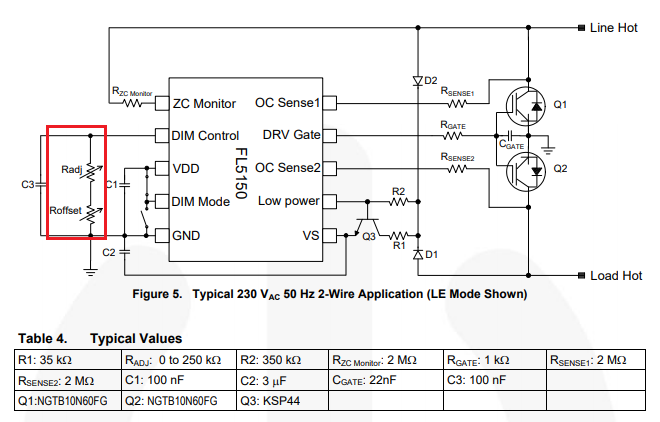Question: FL5150 LED Dimmer - replace a analog potentiometer with a digital one
-
@jimmyjames Cool, I tried a DAC, but since my inexperience, I didn't get it to work with the FL5150.
I just received the PCB's I ordered and use a 50K digi-Pot. But now I want to use the DAC.. :)
Sofar:
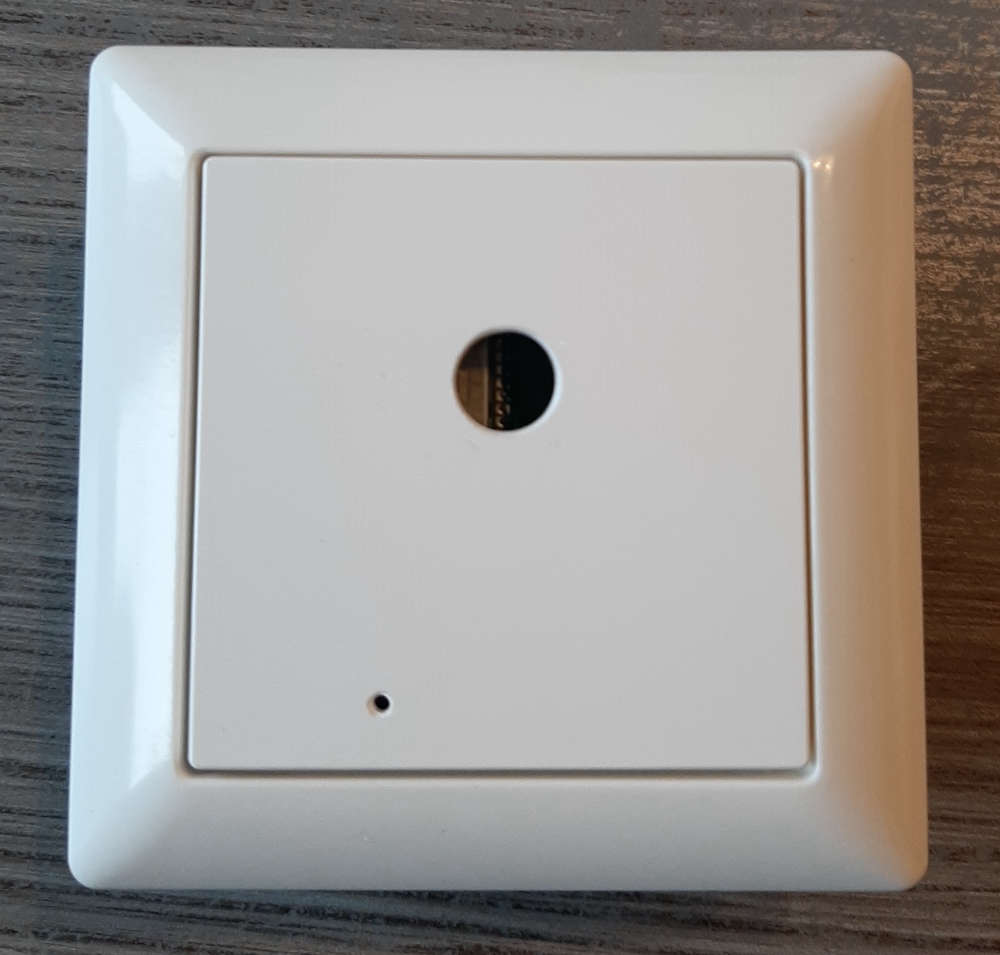
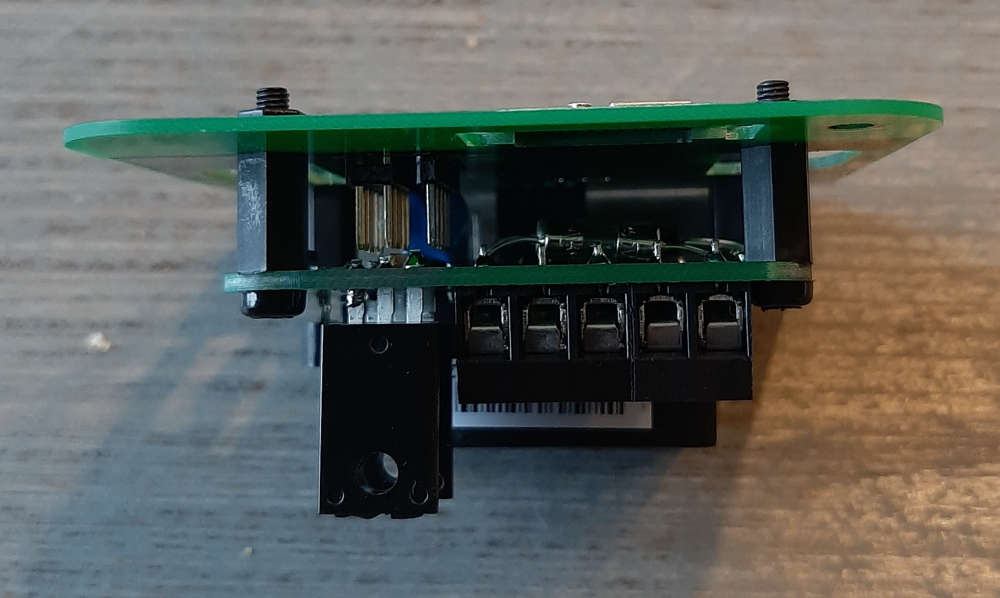
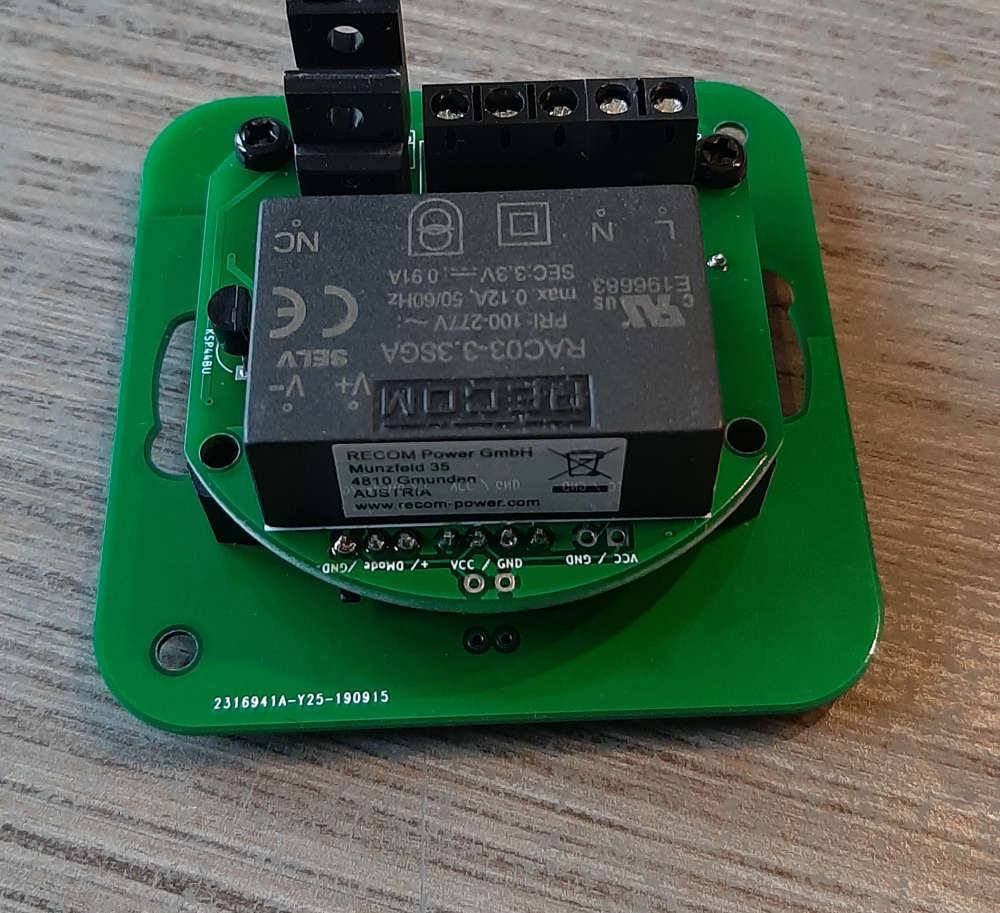
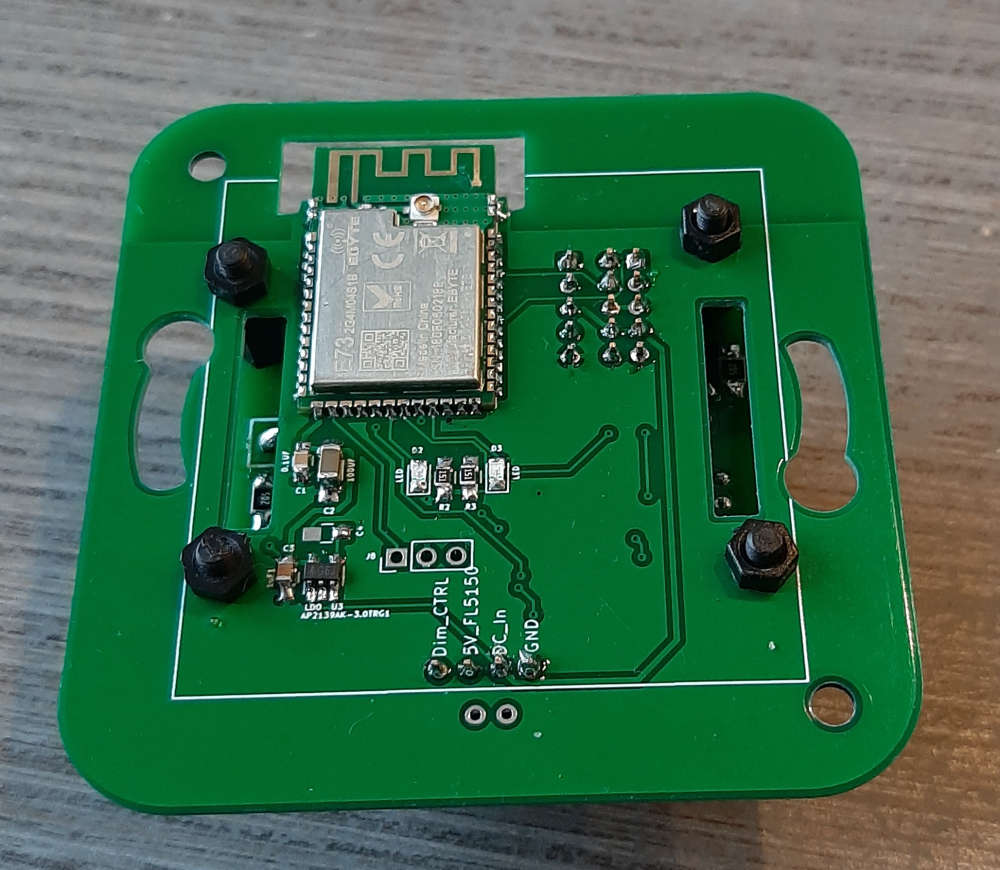
@omemanti BTW - That is a great looking design you've made there it looks very good.:+1:
-
@omemanti BTW - That is a great looking design you've made there it looks very good.:+1:
@jimmyjames said in Question: FL5150 LED Dimmer - replace a analog potentiometer with a digital one:
a great looking design you've made there it looks very g
Thnx, :)
yesterday I finally installed my things after 2 months of moving. Going to try and make a new PCB using a NRF52 and the DAC you used. hopefully it will finally succeed to make a safe inwall socket.
-
If anyone else ends up here like I did.
To drive the DIM Control pin without pulling from Vdd, try this.
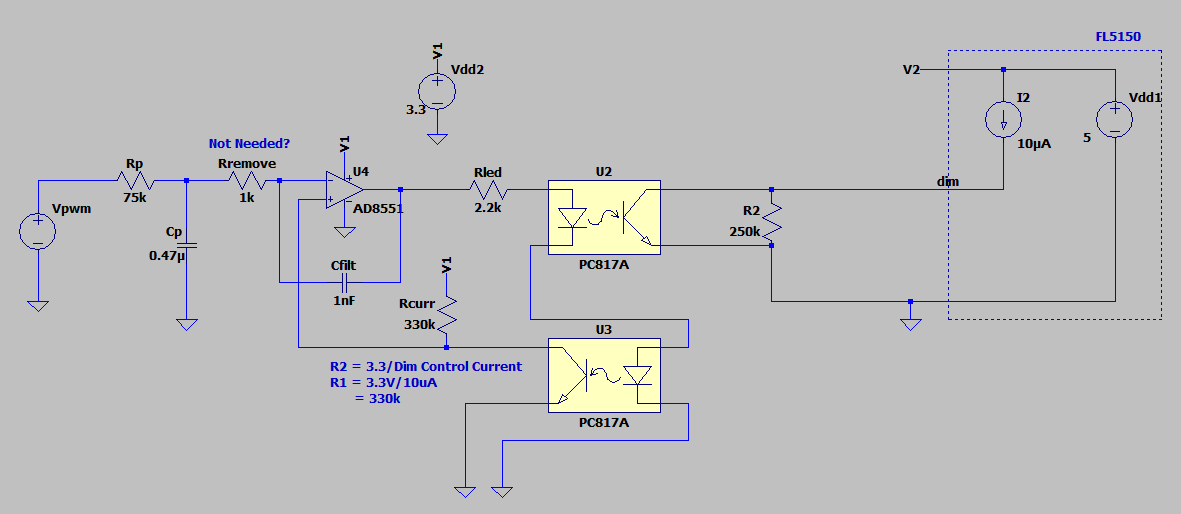
This will keep the micro isolated. This assumes that you use a dual optoisolator, and that the CTR is the same. To ensure they ARE equally matched, you can buy the more expensive IL300 or LOC110 - built especially for this purpose.
Also do note: if you are going to make a DUAL dimmer, then do NOT connect the 'GND' between dimmer A and dimmer B. They must be separate.
-
Hi, I found this post after trying to find designs for building a configurable forward/reverse phase dimmer controlled by ESP32.
Has anybody by chance put the previous post in production, i.e. allowing for fully isolated use?
Alternatively, are there other controllers like the FL5150 that can be controlled deterministically via e.g. I2C, PWM, etc.? -
Hi, I found this post after trying to find designs for building a configurable forward/reverse phase dimmer controlled by ESP32.
Has anybody by chance put the previous post in production, i.e. allowing for fully isolated use?
Alternatively, are there other controllers like the FL5150 that can be controlled deterministically via e.g. I2C, PWM, etc.? -
The important thing to remember when making more than 1 channel - you cannot tie those GNDs together; they are NOT 0V and are NOT equal to each other. Call one GND_A and one GND_B. Or Bob and Greg. Each FL5150 must be separate. Which then means your microcontroller needs to be totally isolated. Which is where a digital potentiometer becomes very handy.
-
Hi, I found this post after trying to find designs for building a configurable forward/reverse phase dimmer controlled by ESP32.
Has anybody by chance put the previous post in production, i.e. allowing for fully isolated use?
Alternatively, are there other controllers like the FL5150 that can be controlled deterministically via e.g. I2C, PWM, etc.? -
@ptr727 My design above did work. And it was 2 channel. But it did flicker a little. I'm going to try a digital potentiometer.
-
Hi @jimmyjames , I try to make a multi channel dimmer by myself based on your circuit.
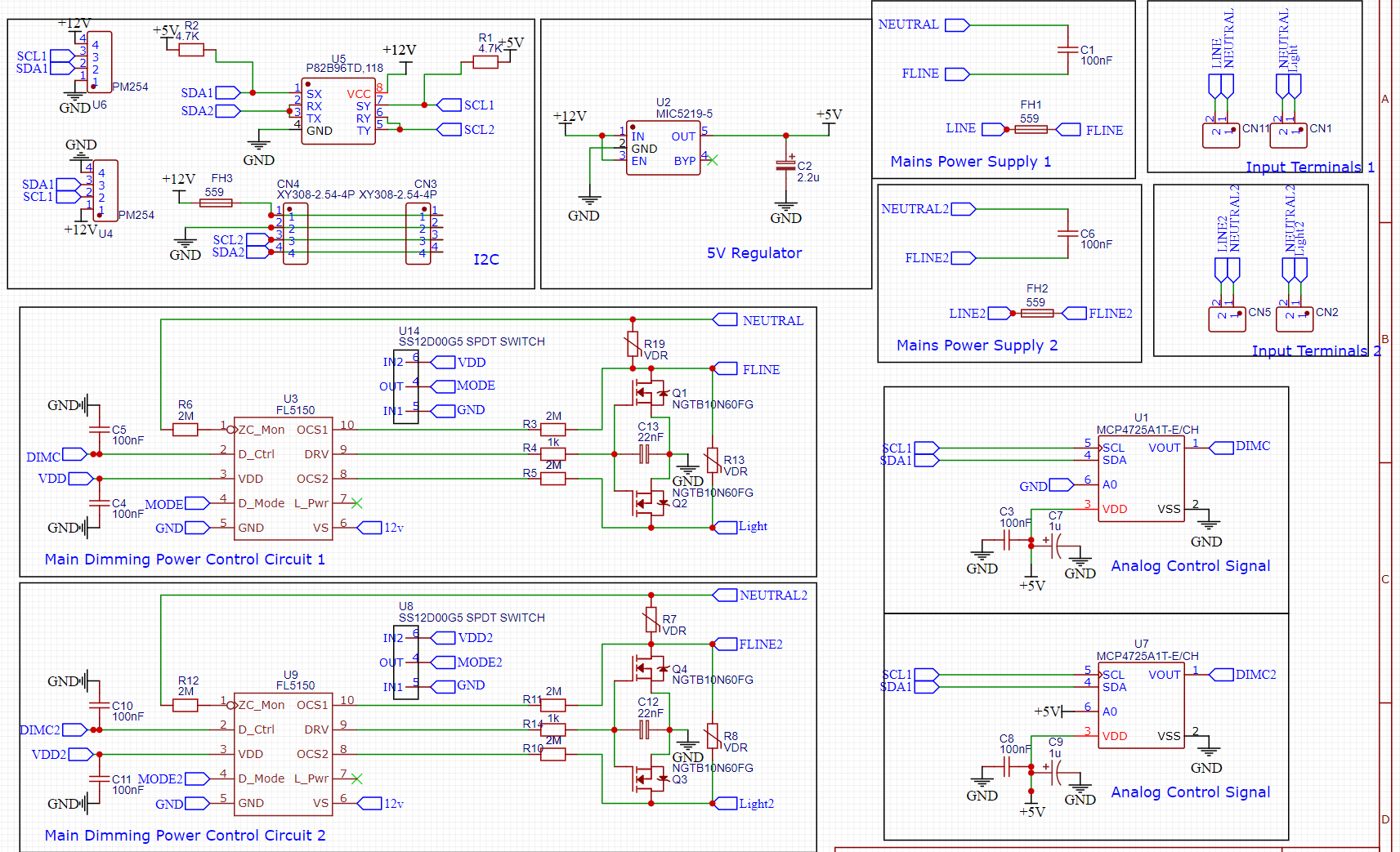
So I want to use a shared 12V power supply that galvanic separated from mains for my dimmers and also a shared ESP32. But when I read these comments I can not use a common gnd for both channels? Is there a solution for this. So I don't need to have for every channel a different power supply?
With the attiny84 I have a dimmer as well. With this design I can make multi channel dimmers because the mains is completely isolated from the DC part.
See picture:
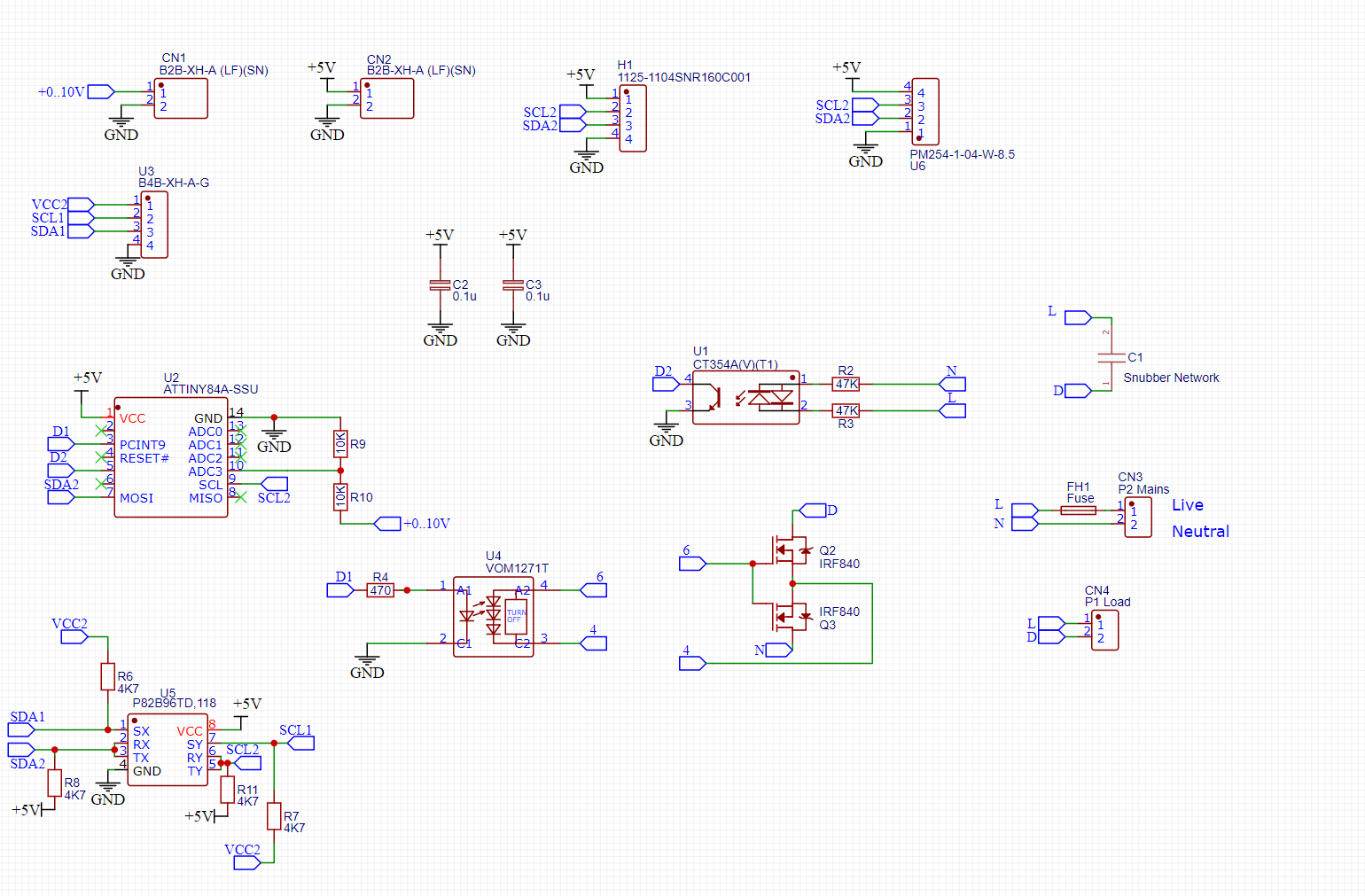
Another advantage is that the I2C addresses can be programmed in the attiny so I am not limited in the number of addresses.
But when testing this approach I have not that good results in the low dimming , my led bulbs are flickering. So I want to try if the fl5150 is doing a better job.
The flickering starts if I am dimming at 15% .
See the oscilloscope pictures:
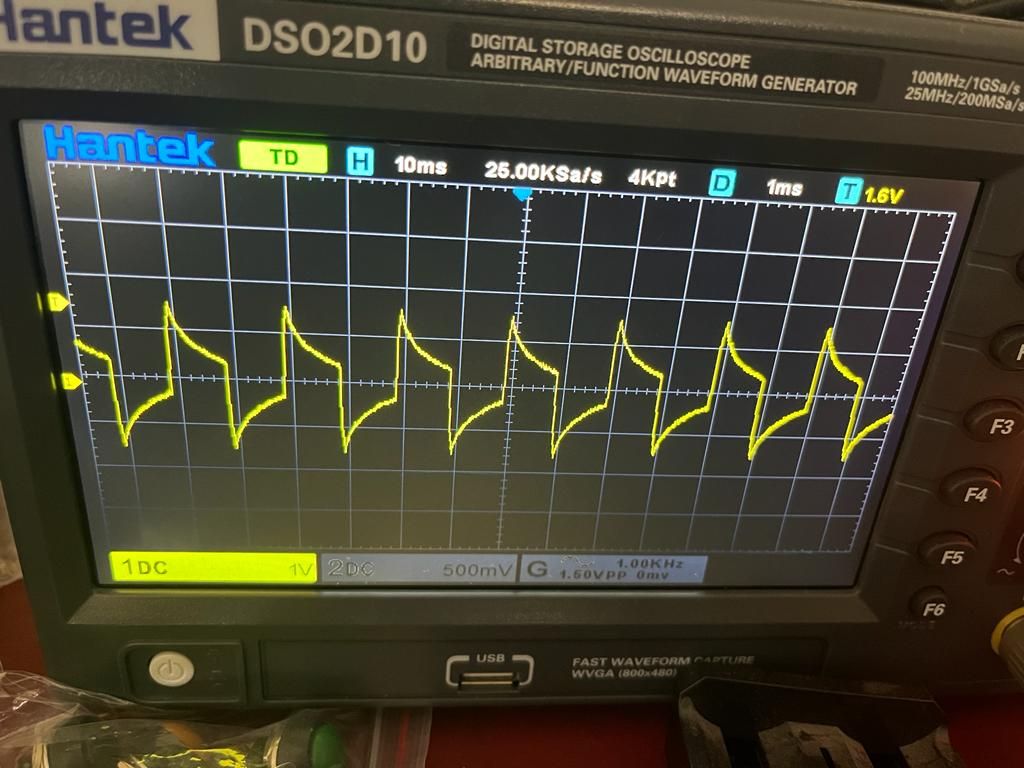
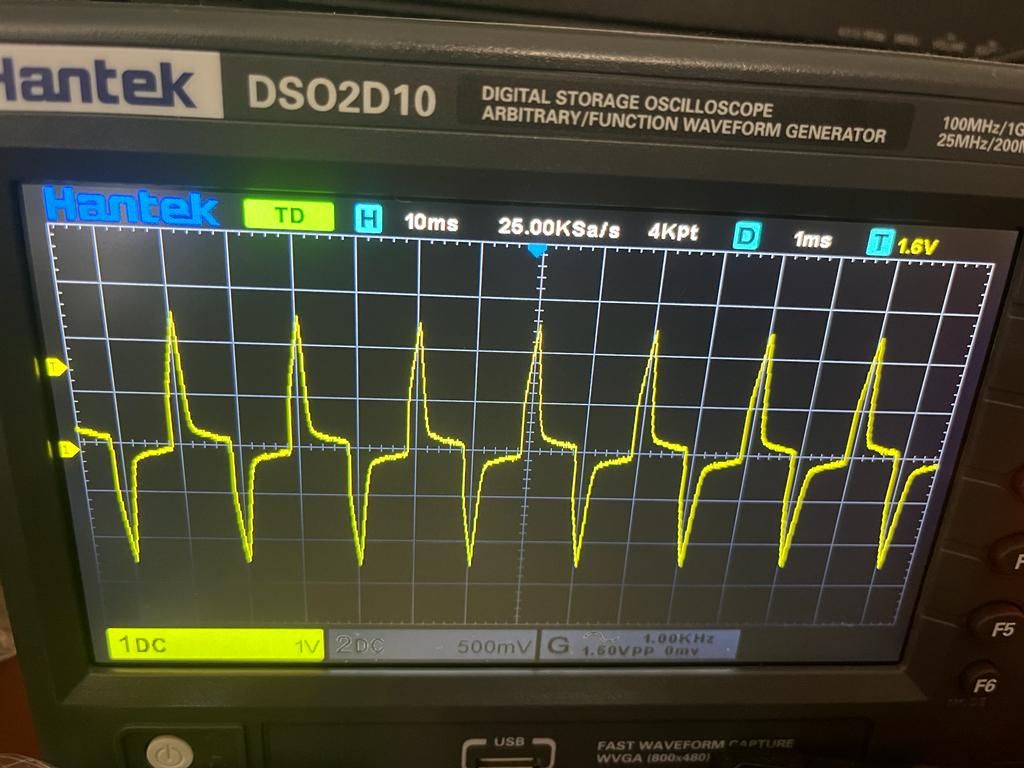
First one is if I dim at low percentage then the flickering starts.
The second one is at a level when flickering stops.Do you think the FL5150 will do here a better job, or can my circuit of the attiny84 being improved to get the dimming correct at the lower levels?
BR,
Edwin -
I just tested 2 led types with no flicker on my attiny circuit.
It is funny, the expensive leds like from philips: Dimmable 3.8W Warm White have a flickering behavior .
A cheap one available in Action from LSC 6.3W, Dim to Warm and 460 Lumen has no flickering behavior.
Another one from Osram Par 1650: 5.5W Dimmable Warm White, 350 Lumen also has no flickering.
The philips has the best Energy savings though : 4kWh compared to 7kWh for the LSC one.
Is there a relation between energy savings and dim quality ?

